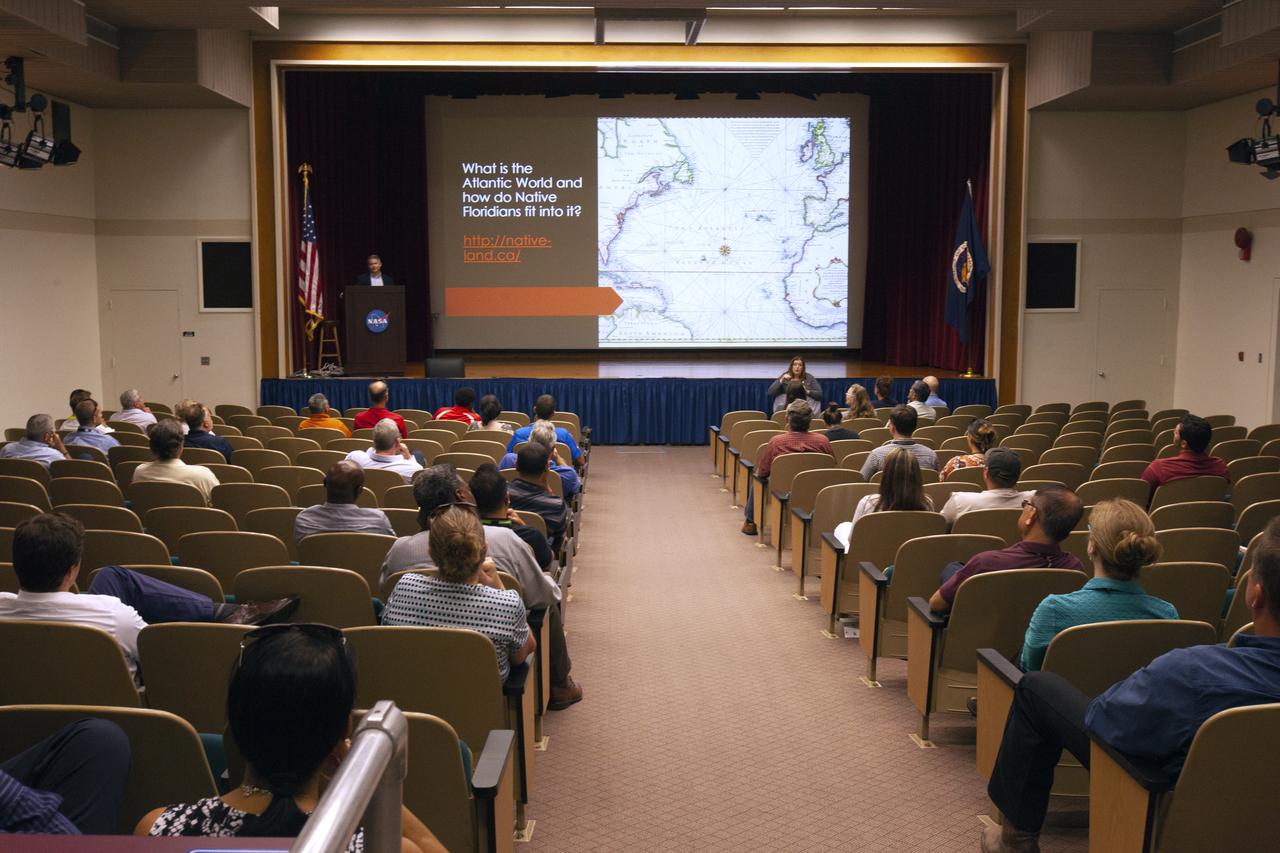Abstracts for the talks.
Online content
Talk slides and recordings will be available after the symposium at the discretion of the presenters. Check back here for links!

Talks (alphabetical by Author)
| Title | Author(s) | Affiliation(s) | Abstract |
|---|---|---|---|
| Gidinendamowinaan: Understanding Ojibwe Traditional Scientific Knowledge and Epistemology through Ojibwe Language Morphemes | Gaagige Aanakwadikwe (Winonah Ojanen) | Misaabekong / Bell Museum | My research aims to address teaching science-based inquiry to students through the Ojibwe language. In this study, I investigate the polysynthetic nature of the Ojibwe language and how its structure by morphemes influence Ojibwe worldviews in describing and synthesizing scientific concepts and phenomena. I work with first language speakers to obtain archaic language, and use this way of knowing to create new words streamlined towards science, specifically physics and astronomy. The research results are shown through the positive growth of indigenous students within science and practicing an inquiry-based mindset when taught through this lens within an Ojibwe immersion program. |
| Teotihuacan, Quasars, and Indigenous Astronomy in the 21st Century | Rodrigo Cordova Rosado | Princeton University | tbd |
| Science and Storytelling in Minoritized Communities | Erin Flowers, PhD | Princeton University | The way science is traditionally taught in Western countries is the result of imperial structures. It is often alienating or outright inaccessible to minoritized communities, especially BIPOC students. In this talk, I will discuss how storytelling as a form of pedagogy has shown to be more affective at communicating scientific concepts and embracing rising scientists from BIPOC communities. |
| ʻAwa & Talanoa: An Ancestral Practice Connecting Sky to Aquifer | J. Lelemia Irvine, PhD & Lea Lani Kinikini, PhD | University of Hawai'i at West O'ahu | tbd |
| Safeguarding Human Heritage Beyond Earth: An Inclusive Legal Framework for Cultural Preservation | Emma Kleiner | The Graduate Center at CUNY | Space has inspired curiosity, advancement, and understanding across cultures and peoples throughout history. As we continue exploring the Universe, it is crucial that we acknowledge the irrefutable contributions of diverse cultures within a space-law and heritage conservation framework, allowing a wider diversity of States able to participate in the safeguarding of human heritage in space. As a researcher for For All Moonkind’s Heritage Council, I utilized my astrophysics background to compile the empirical basis for cultural and individual contributions, both tangible and intangible, for the Outer Space Cultural Heritage Segmentation Research Initiative. For this purpose, I researched the scientific history of the first footprint on the Moon to help develop the concept of human heritage on celestial bodies, as well as developing an international convention to protect it. This scientific history spans from the Lebombo Bone –one of the first mathematical artifacts– found in Eswatini in 35,000 BC, to the 1969 Moon landing. This work has been referenced by the United Nations Committee on the Peaceful Uses of Outer Space to underscore the need for a new international instrument to safeguard human heritage beyond Earth, broaden the community involved, and ensure that space remains accessible to all. |
| Reclaiming Space: The Labor Behind International Astronomy in South Africa | Osase Omoruyi | Harvard University | Astronomy may look to the stars, but its roots are grounded in the earth, often in the hands of those whose stories have been forgotten. In this presentation, I explore the untold histories of the Black South African workers who built and maintained two key American observatories: Harvard’s Boyden Observatory (1927–present) in Bloemfontein and Yale’s Southern Station (1925–1952) in Johannesburg. While these observatories facilitated significant astronomical discoveries, the labor and contributions of these workers have been largely erased from the historical record. By drawing parallels with the Black labor union movements and their struggles for liberation and land rights, I infer the conditions these workers faced. This talk situates the construction and maintenance of these Southern observatories within the larger fight against colonialism and dispossession, highlighting how Indigenous knowledge and labor were crucial to the advancement of Western science, even as their contributions were left out of the official narrative. |
| Dynamical perturbations around extreme mass ratio inspirals near resonance | Makana Silva, PhD | Los Alamos National Laboratory | Extreme mass ratio inspirals (EMRIs) – systems with a compact object orbiting a much more massive (e.g., galactic center) black hole – are of interest both as a new probe of the environments of galactic nuclei, and their waveforms are a precision test of the Kerr metric. This work focuses on the effects of an external perturbation due to a third body around an EMRI system. This perturbation will affect the orbit most significantly when the inner body crosses a resonance with the outer body, and result in a change of the conserved quantities (energy, angular momentum, and Carter constant) or equivalently of the actions, which results in a subsequent phase shift of the waveform that builds up over time. We present a general method for calculating the changes in action during a resonance crossing, valid for generic orbits in the Kerr spacetime. We show that these changes are related to the gravitational waveforms emitted by the two bodies at the frequency corresponding to the resonance. We show that our calculation can probe resonant interactions in both the static and dynamical limit. We plan to use this technique for future investigations of third-body effects in EMRIs and their potential impact on waveforms for LISA. |
